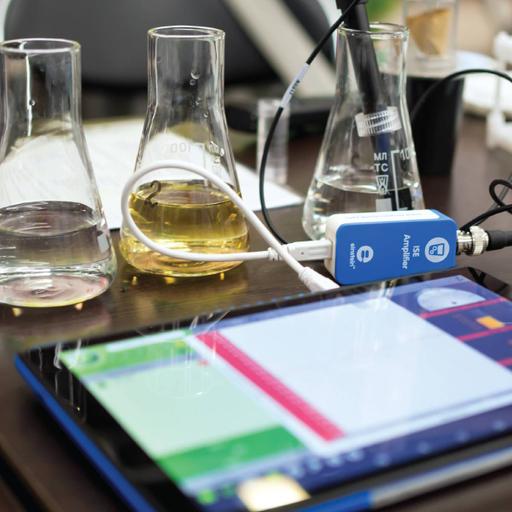Water Quality Parameters
Presentations | English
Water quality parameters include chemical, physical, and biological properties and can be tested or monitored based on the desired water parameters of concern. Parameters that are frequently sampled or monitored for water quality include temperature, dissolved oxygen, pH, conductivity, ORP, and turbidity. However, water monitoring may also include measuring total algae, ISEs (ammonia, nitrate, chloride), or laboratory parameters such as BOD, titration, or TOC. Water quality refers to the chemical, physical, and biological characteristics of water based on the standards of its usage. It is most frequently used by reference to a set of standards against which compliance, generally achieved through treatment of the water, can be assessed. The most common standards used to monitor and assess water quality convey the health of ecosystems, safety of human contact, extend of water pollution and condition of drinking water. Water quality has a significant impact on water supply and oftentimes determines supply options. Water quality testing is an important part of environmental monitoring. When water quality is poor, it affects not only aquatic life but the surrounding ecosystem as well. These sections detail all of the parameters that affect the quality of water in the environment. These properties can be physical, chemical or biological factors. Physical properties of water quality include temperature and turbidity. Chemical characteristics involve parameters such as pH and dissolved oxygen. Biological indicators of water quality include algae and phytoplankton. These parameters are relevant not only to surface water studies of the ocean, lakes and rivers, but to groundwater and industrial processes as well.

8.75
Lumens
PPTX (35 Slides)
Water Quality Parameters
Presentations | English
